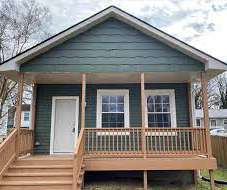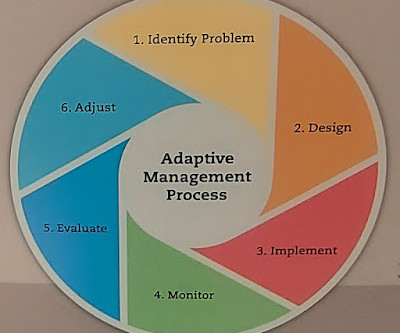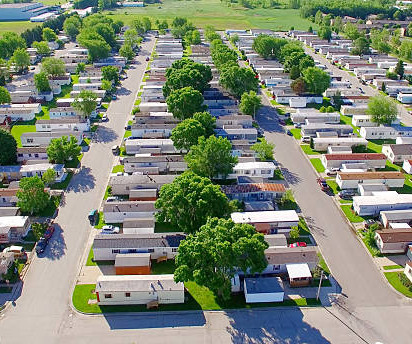Revisiting the Community Land Trust: An Academic Literature Review
Community and Economic Development Program of UNC
DECEMBER 9, 2022
CLTs provide a community ownership approach to providing affordable housing, trying to balance the homeowner desire to build equity with the community and societal desire to maintain an affordable housing stock and the desire of local governments and other funders to sustain housing intervention funding.












Let's personalize your content